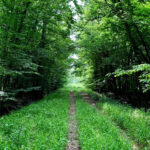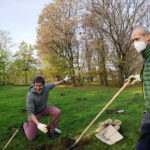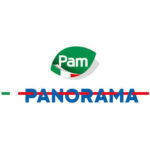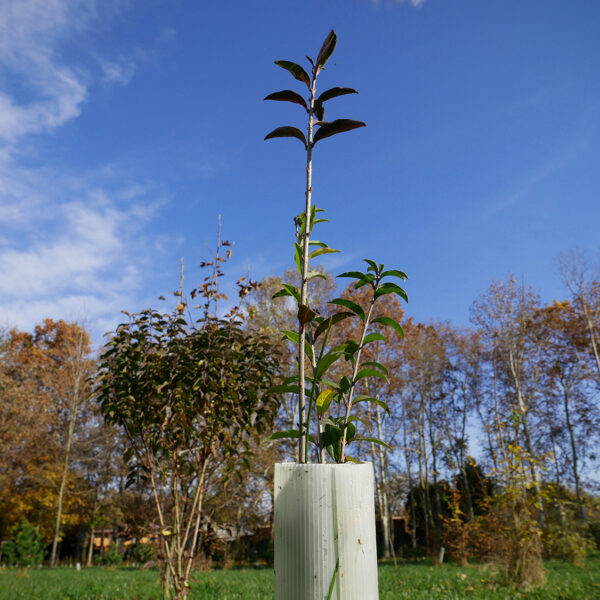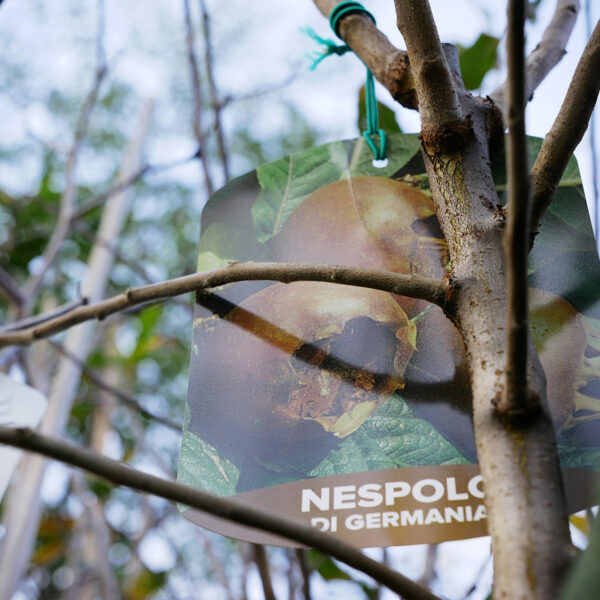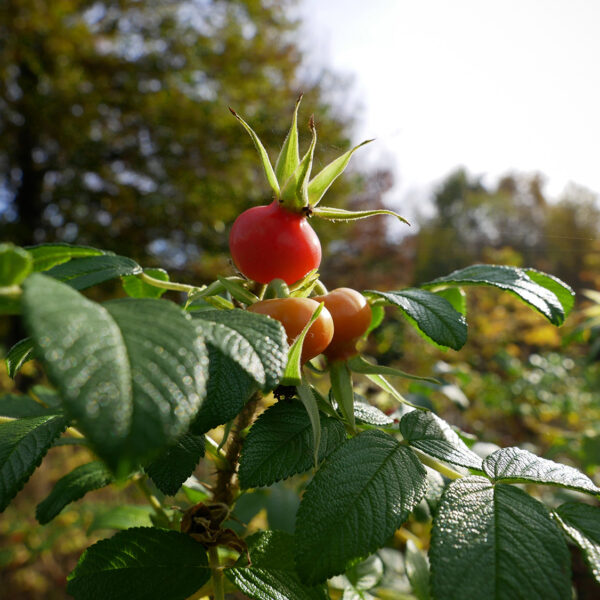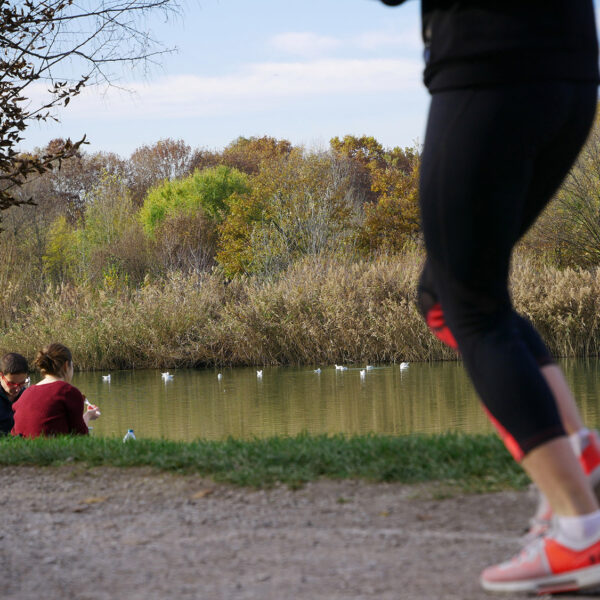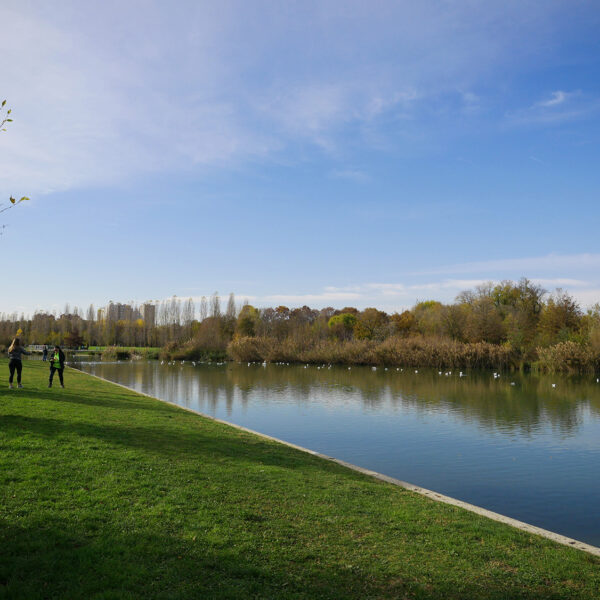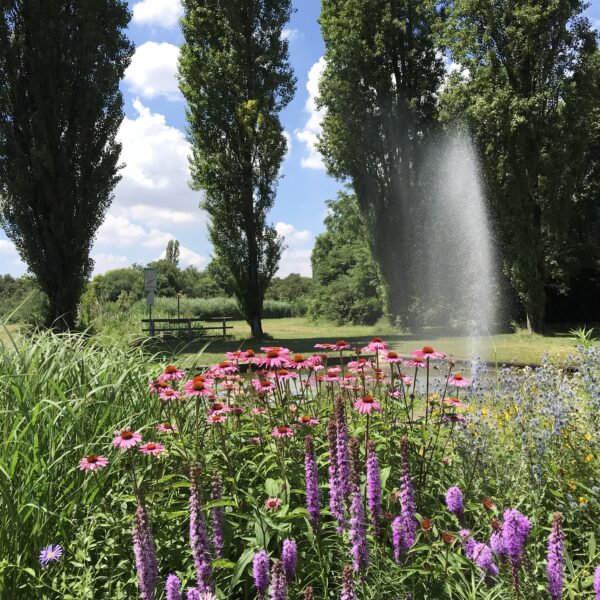To escape from stress, traffic and the myriad thoughts of the city, there is nothing better than spending some time surrounded by nature. People living in large cities have probably realized this: nature is good for us. The effect is almost instantaneous: sometimes all it takes is a few steps inside a park, surrounded by singing birds or the sound of rustling tree leaves, and we immediately feel our breathing and heartbeat slow down, our mood rise, and our worries gradually fade away. At WOWnature, we know that feeling well, so well that we invented a neologism to define and pay homage to it: “forèstasi” (forecstasy). The term recalls the concepts of well-being, enjoyment and balance between people and nature. A feeling of well-being that is difficult to define, a combination of peace of mind and happiness, wholeness and harmony.
One of the places to experience such a sensation is Parco Nord Milano (North Milan Park): a 600-hectare green lung amid the neighborhoods of Milan’s northern suburbs and home to, among other things, many cultural, artistic, environmental and sustainability-related events. Milan saw the birth of a special place: a food forest that will bear fruits and provide food to people who decided to grow a tree in Parco Nord Milano. This pulsating city heartland, created thanks to an ambitious project aimed at redeveloping formerly industrial or uncultivated areas, now offers vast forests, meadows, bodies of water, and long tree-lined avenues. The food forest covers an area of 10,000 square meters and contains 2,000 plants including fruit trees, shrubs, and annual vegetable crops. It is open to everyone so that people may discover and learn about cultivating local species that are best suited to Milan’s soil and climate.
What is the origin of the food forest concept? The food forest concept and technique is based on the pivotal principle of permaculture: it simulates a process naturally occurring in forests, allowing an area to be cultivated with plants at varying heights and planes in order to optimize the use of resources, water and limit forest maintenance. In the food forest of Parco Nord Milano you can find different types of species: Species edible by man: walnut, jujube, pomegranate, mulberry, Japanese goumi, azarole, medlar, hawthorn, fig, wild pear, cherry, wild apple, hazelnut; Species edible by man after processing: cornelian cherry, dog rose, elderberry, blackthorn; Species for honey production: frangula, linden, maple; Species edible by animals: oak, dogwood, hornbeam, ash.
 Italy
Italy



